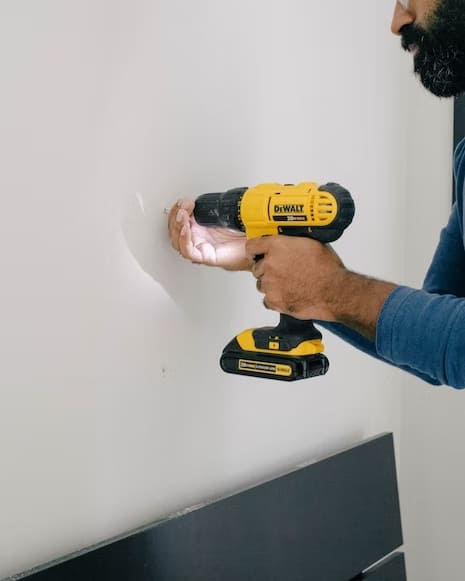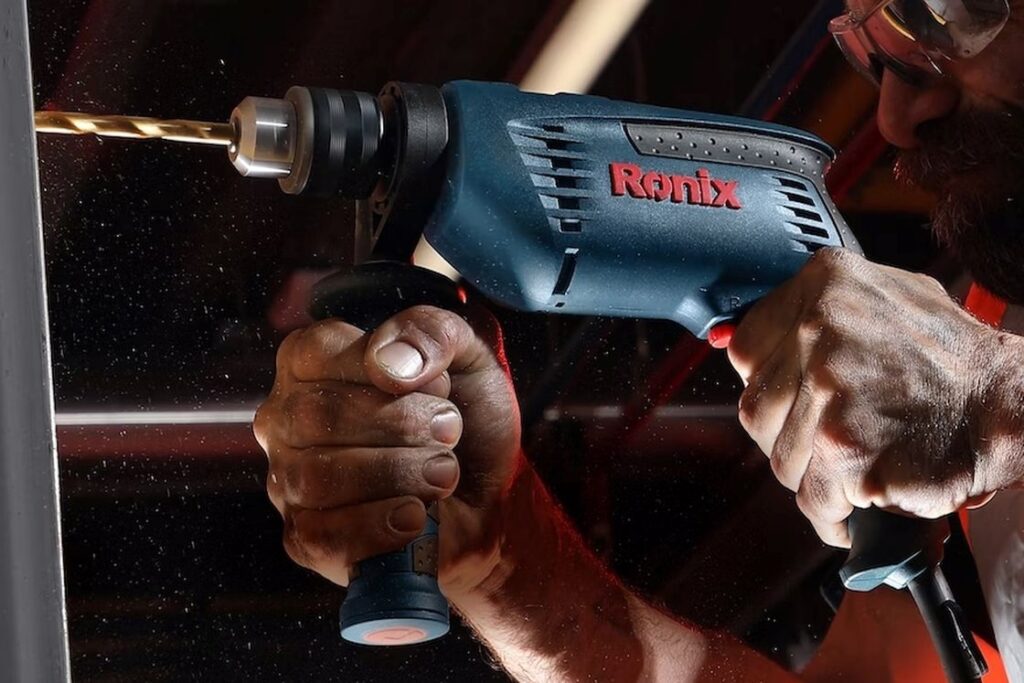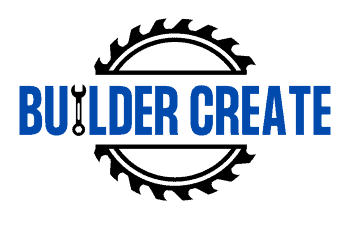The list of standard screw sizes does not include #7 screws. They are not utilized frequently. If you’re into heavy-duty use, you should know what size drill bit to use for a #7 screw.
Contents
What Size Drill Bit for a #7 Screw?
Depending on the size of the pilot hole in the chosen wood and whether it is hardwood or softwood, a #7 screw requires a specific size drill bit. You need a drill bit size of 3/32 inches for softwood and a drill bit size of 7/64 inches for hardwood.

Don’t confuse this with the 7/8-9 tap. This screw has similar drill bit sizes to standard size #6 screws. Because of this, they are rarely used since the #6 screw is the standard size, so most would prefer using it.
Tips for Using Small Drill Bits
Lubricate Drill Bits to Make Them Last Longer
Lubrication decreases the friction between surfaces. This means less heat is generated, making your drill bits less compromised when they’re not that heat resistant. It also keeps your drill bits working longer since it coats drill bits with protection against rust and other stuff.
Some surfaces like aluminum, brass, or cast iron don’t necessarily need lubrication to drill properly. It doesn’t always have to be the case as lubrication also offers other things.
Lubrication boosts your drilling speed since there is less friction. If you’ve drilled with and without lubrication, you probably noticed that drilling without lube is slower, especially if you’re not forcing your way through.
Drill Bit Material Matters
Generally, most drill bits are made for general purposes. This means drill bits can make a decent job drilling holes in most metals. Some drill bits are better for drilling through wood, metal, and concrete.
Most manufacturers usually put the recommended bits to use in their packaging. Therefore, you should have a bit of knowledge of what drill bits to use. Here are some examples of drill bit types and what they can offer:

- Carbon steel can be classified into low and high-carbon steel. Low-carbon steel is the cheapest and is mainly used for drilling softwood and some plastics. High-carbon steel is more robust and can be used for hardwood and soft metals.
- High-speed steel is a popular choice because of its superior quality. It’s mainly used to drill wood and used for CNC drilling.
- Titanium is used for its high corrosion resistance. Titanium is mostly used for repetitive mass production of drilling steel, iron, wood, plastic, and other surfaces.
- Cobalt is mainly used for drilling surfaces that HSS bits can’t. Examples of these are stainless steel and other hard materials.
- A carbide tip is extremely durable. It’s mainly used for drilling fiberglass-reinforced plastic and nonferrous heavy metals.
- Diamond – is one of the toughest materials and is mainly used on the toughest surfaces, such as glass and ceramic.
Clamp the Material
Since small drill bits require a bit of careful handwork, you need your surface to be as stable as possible. Hence, you should definitely clamp it down to keep it from moving. Even with small drill bits will be hard if the surface isn’t steady.
This is especially true in small workpieces. Clamps hold the workpiece or surface in place so you can drill without worrying about it moving.
Think of clamps as an extra pair of hands that holds the piece for you so you can use both your hands to use the drill more accurately. There are many different drilling clamp accessories available in the market.
Conclusion
#7 screws are generally used for crafts and children’s furniture, much like the #6 screw. The #7 screw is not that popular, since there are better screws to use. However, it still is great to know the sizing, just in case.
